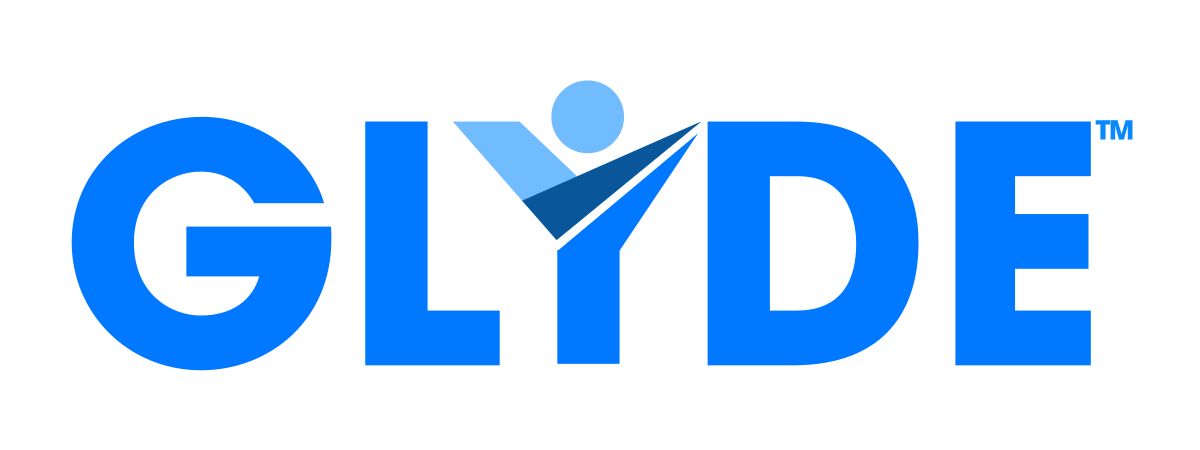Picture this: After launching a high-stakes search for the new lead developer, the response is overwhelming—hundreds, perhaps thousands, of applications flood in. Each resume boasts a variety of skills and experiences, but only a handful could truly be the right fit for the role and your organization’s culture.
This is the plight of countless Talent Acquisition (TA) leaders, a testament to the digital age we live in where applying for jobs is just a click away.
But amidst this tide of potential talent, how do you ensure that the best candidates rise to the surface? Could the answer lie in a technique as simple as self-selection?
The Deluge of Applications: Navigating Uncharted Waters
Before we dive in, let’s set the scene with an illuminating statistic:
According to a study by Glassdoor, corporate job offers attract an average of 250 resumes. Of these candidates, only 4-6 will get called for an interview, and only one will get the job.
This flood of applications presents a daunting challenge for recruitment leaders: how to quickly and accurately identify the candidates who not only have the right skill set but also the cultural fit and the passion for the role necessary to thrive long-term?
The Role of Self-Selection in Recruitment
I think self-selection is the secret weapon that we haven’t been using and it starts right at the top of the funnel by giving candidates all the information they need in the job advertisement to allow candidates to gauge their own fit during the early stages of the recruitment process.
As we move down the funnel designing the screening questions to both assess and inform, applicants receive a transparent view of the role and its requirements. This dual-focus approach is akin to providing a mirror for self-reflection as an integral part of their application.
Candidates Assessing Their Own Fit: A Mutually Beneficial Strategy
At its core, the screening process that informs and assesses also encourages candidates to self-evaluate their suitability for the position they’re applying to. It’s an exercise in honesty and introspection, where potential applicants have the chance to ponder:
-
“Do I want to get up at 5 a.m. so I can start at 6 a.m?”
-
“Do my skills really align with the needs of this job?”
-
“Will this role help me achieve my career goals?”
-
“Do the values of this organization resonate with my own?”
By building a screening conversation process that doubles as an information session, candidates can make well-informed decisions about whether to proceed. They become active participants in the selection process rather than passive hopefuls waiting to be chosen.
Streamlining the Applicant Pool: Quality Over Quantity
When candidates have a clear understanding of what a role entails, they are empowered to self-select out if they perceive a mismatch. This is where the true genius of self-selection lies for recruiters: the natural filtering effect. It’s like turning the torrential downpour of applicants into a more manageable and relevant stream. It ensures that the resources devoted to talent acquisition are focused on engaging with individuals more likely to succeed.
Reducing Future Turnover: Fostering Commitment and Retention
This tactic is a proactive measure against the costly issue of employee turnover. By facilitating a better match through self-selection, new hires are more likely to be engaged and satisfied with their positions, which, in turn, boosts retention rates. It’s not just about finding someone with the right skills—it’s about discovering someone who will cherish the role and grow with the company.
Conclusion: Navigating the Future of Recruitment with Self-Selection
In conclusion, the landscape of recruitment is shifting under the pressure of increasing volumes of applicants and the need for more strategic hiring practices. Giving candidates the information they need to self-select during the application process is be the key to refining that vast pool of talent into a curated group of highly qualified candidates.
This approach aligns with the modern notion of recruitment as a two-way street, empowering both employers and potential employees to make better decisions for mutual benefit.
By embodying this philosophy of informed self-selection, organizations not only streamline their recruitment pipeline but also set the stage for more harmonious and productive working relationships.
Remember, self-selection isn’t just about reducing numbers; it’s about enhancing quality, commitment, and the long-term vision of your company’s workforce.

